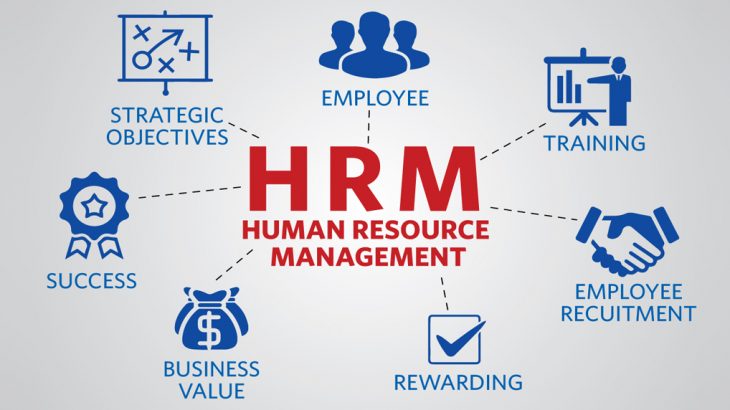Human resources professionals are responsible for staffing positions, training employees, providing benefits and handling any problems or disciplinary actions that occur. The day-to-day responsibilities of managing the workforce can leave little time for long-range planning. Human resources needs to engage in strategic planning in order to fulfill the company’s mission as it relates to the workforce. Without annual strategic planning, the company may find they are not prepared to meet future staffing or training needs.
Also Read: Professional in Human Resources (PHR)
1. Participate in strategic planning. Human resources is part of the strategic planning team and a partner in determining the company’s future growth. Recruiting and retaining talented employees are key to high performance, innovative thinking and productivity. Human resources professionals not only execute senior management’s strategic plans; they are now part of the planning process. Since human resources has the skills, education and experience needed to fill positions, it can help in the budgeting process and develop timelines for recruiting.
2. Determine the current level of staffing and expertise. Human resources’ employee information and payroll data can create a picture of the company’s current status. The number of employees, their current training levels and needs, education and performance levels give a picture of the strength of the workforce. The data shows where expertise is lacking and any difficulties in recruiting and retaining employees to fill current positions.This picture of the current state of the company’s human capital provides a baseline to determine future needs.
3. Conduct a gap analysis. The difference between a company’s current state and its future strategic staffing plan will determine future HR needs. A company with a manual accounting system may set a goal to change to an automated computer system within the next three years. Human resources would review and analyze the new systems, complete a job analysis for positions needed to implement and maintain the new systems, create job descriptions for the new positions and determine staffing needs for these positions. The number of positions and requirements for those positions are the gap between the current expertise and future staffing needs.
4. Strategic planning includes budget analysis, forecasting and determining the new mix of employees. With any change, there may be positions that are no longer needed. Human resources would then create a plan and set a timetable for a reduction in current positions, severance packages and career-transition resources for terminated employees.





